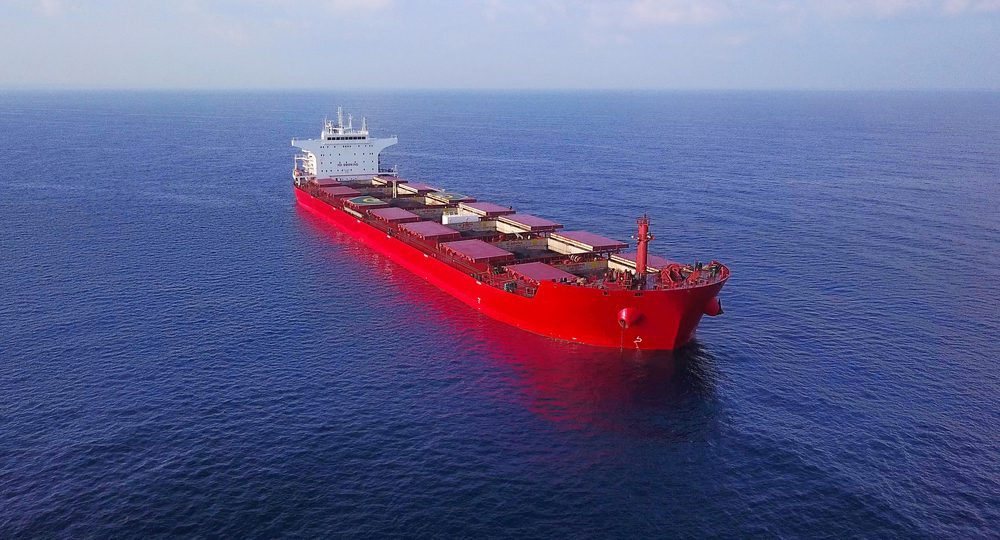On November 18, 2022, the Ministry of Finance of India issued a document to adjust the export duties on iron ore. In detail, the export duty on iron ore lumps and pellets with less than 58% iron content will scrapped, while in the case of iron ore with more than 58% iron content, the rate of duty will be downgraded to 30% from the previous 50%.
SMM has been following the exports of Indian iron ore since then. According to data released by the General Administration of Customs of China in early 2022, China imported a total of 1,124.32 million mt of iron ore throughout year 2021. In 2021, Indian exported 36.65 million mt of iron ore, while the Indian ore arrivals at Chinese ports in 2021 were 35.22 million mt. Basically, the iron ore imports from India account for about 3% of China’s annual iron ore imports.
According to SMM data, since India raised its iron ore export tariff on May 23, its total outbound volume of iron ore has dropped sharply. Likewise, the arrivals of Indian iron ore at Chinese ports also fell steeply. From May 23 to November 18, 2022, a total of about 1.65 million mt of iron ore was exported from Indian ports. As a matter of fact, the Indian ore has become less attractive for the increase in tariffs reduced its cost effectiveness. Therefore, some traders and steel mills started to replace Indian ore, which was actually a small amount, with similar products.
Yet, after India announced to reduce the iron ore export tariffs in November, the iron ore departures from India and the amount arriving at Chinese ports both increased significantly. Five weeks have passed since the tariff reduction was officially implemented, and the total export volume of iron ore from India and the arrivals of Indian iron ore at Chinese major ports reached 1.17 million mt and 332,000 mt respectively.
The pellet shipments from India advanced as export duty on iron ore lumps and pellets with less than 58% iron content was scrapped. So far, the pellet shipments from India totalled 228,000 mt after the new tariffs were implemented, and a total of 55,000 mt of Indian pellets have arrived at major ports in China. Since it usually takes 3-4 week for shipments from India to arrive at Chinese ports, it is expected that the arrivals of Indian iron ore will rise still in the future.
Generally, domestic steel mills, who suffered low profits, preferred low-grade Indian ore. However, the iron ore imports from India only accounts for 3%-5% of China’s total imports. This means that even though the tariff reduction has increased the global circulation of Indian iron ore, the iron ore supply in China will be barely affected.
Since October 2022, iron ore prices have been rising all the way on the market’s optimistic expectations for the relaxed pandemic control measures and the recovery of the real estate industry. As such, the news of reduced tariffs only caused iron ore prices to fluctuate slightly before immediately restoring its upward trend. Even if India’s reduction of iron ore tariffs will bring about a certain increase in the iron ore supply in China, the domestic fundamentals of iron ore will change little, thus the impact on iron ore prices will also be marginal.
This round of tariff adjustment in India only makes a difference in increasing the supply of low-grade iron ore and pellets in China. SMM will continue to pay attention to the supply of Indian iron ore in the future.





